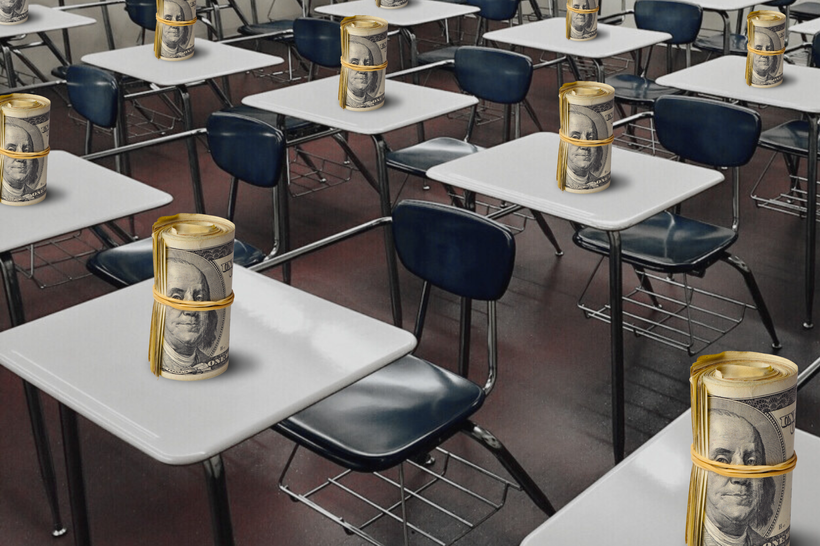In Brief articles are short
explanations of important topics, agencies, and questions affecting the
Empire State and its citizens. Do you have a question we can answer? Ask it here.
The question of how to fund schools is a major political battle in New York state.
New York spends more per pupil than any other state, and education funding makes up nearly a third of its overall budget. Yet student outcomes are subpar. This year, the state is examining a key piece of how schools receive money: Foundation Aid.
What is Foundation Aid?
Foundation Aid is the formula New York uses to determine how to distribute the majority of state education funding across more than 700 school districts each year.
The formula, which the state has used since the 2007-2008 school year, draws from about a dozen data points – including regional salaries, census poverty rates, and student attendance, as well as expected district-levied property taxes.
However, the formula is outdated and the state is currently reevaluating it.
How was the formula developed?
In 1993, the Campaign for Fiscal Equity filed a lawsuit arguing that New York state was not adequately funding New York City schools, thereby denying children a sound, basic education – a right enshrined in the state constitution.
The case wound its way through state courts for 13 years until the New York State Court of Appeals sided with the plaintiffs in 2006. That prompted lawmakers to combine prior funding formulas into one more equitable distribution: Foundation Aid.
The formula now accounts for how about 70 percent of state aid is distributed.
What are the problems with Foundation Aid?
During the 2007–08 and 2008–09 school years, the state met its Foundation Aid obligations — until the recession hit.
Despite legal mandates, Foundation Aid was fully funded for the first time during the 2024-25 school year — meaning that many schools previously didn’t receive the full amounts determined by the formula. Economic downturns like the Great Recession and the Covid-19 pandemic put additional strains on the state budget, leading to cuts in education.
More than one governor has criticized the formula. In 2017, former Governor Andrew Cuomo lost a battle to change it, and in 2019 he called Foundation Aid “a scam.”
Governor Kathy Hochul has taken aim at the formula’s “save harmless” provision — which prevents a district from receiving less funding than it did the prior year, even if enrollment declines. Hochul argued that “it just doesn’t make sense to keep paying for empty seats in classrooms.”
About half of all school districts, particularly those in rural areas, have seen enrollment declines. Those districts argue that they need to maintain funding levels because the cost to educate a child has increased significantly since the formula was first implemented. Hochul tried to eliminate the provision during the 2024 budget negotiations, but the legislature rejected her proposal.
Advocates on all sides do agree on one point: Foundation Aid is outdated. For example, it uses census poverty data from the year 2000 and outdated numbers for regional costs.
What’s happening this year?
During the last budget cycle, Hochul gave $2 million to the Rockefeller Institute to conduct a comprehensive study of the current formula and make recommendations to update it.
Over the summer of 2024, the Rockefeller Institute held five listening sessions with stakeholders around the state to give members of the public the opportunity to weigh in. Ultimately, the state’s goal is to update the formula in a way that distributes funds equitably and ensures the state is meeting the needs of today’s students.

